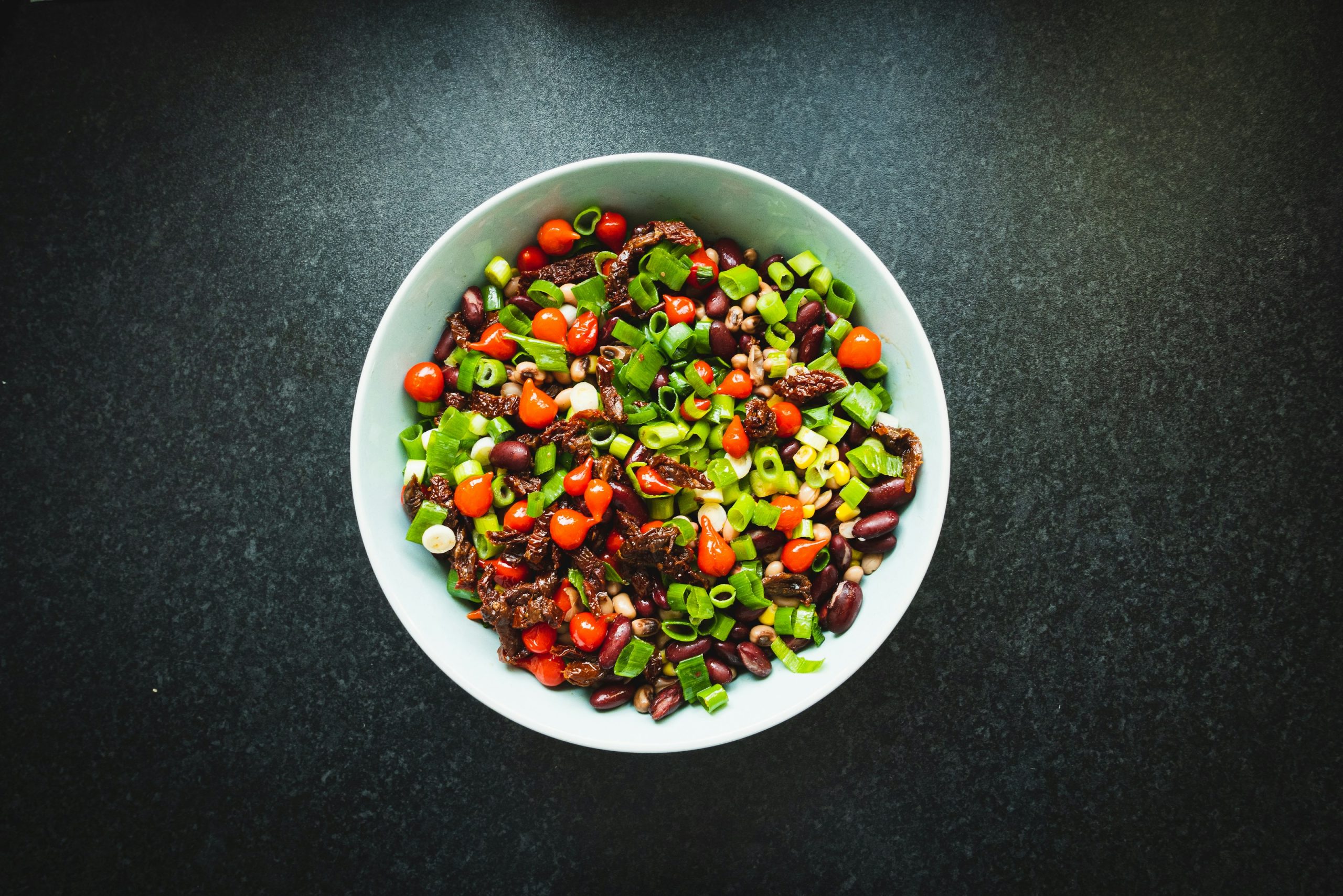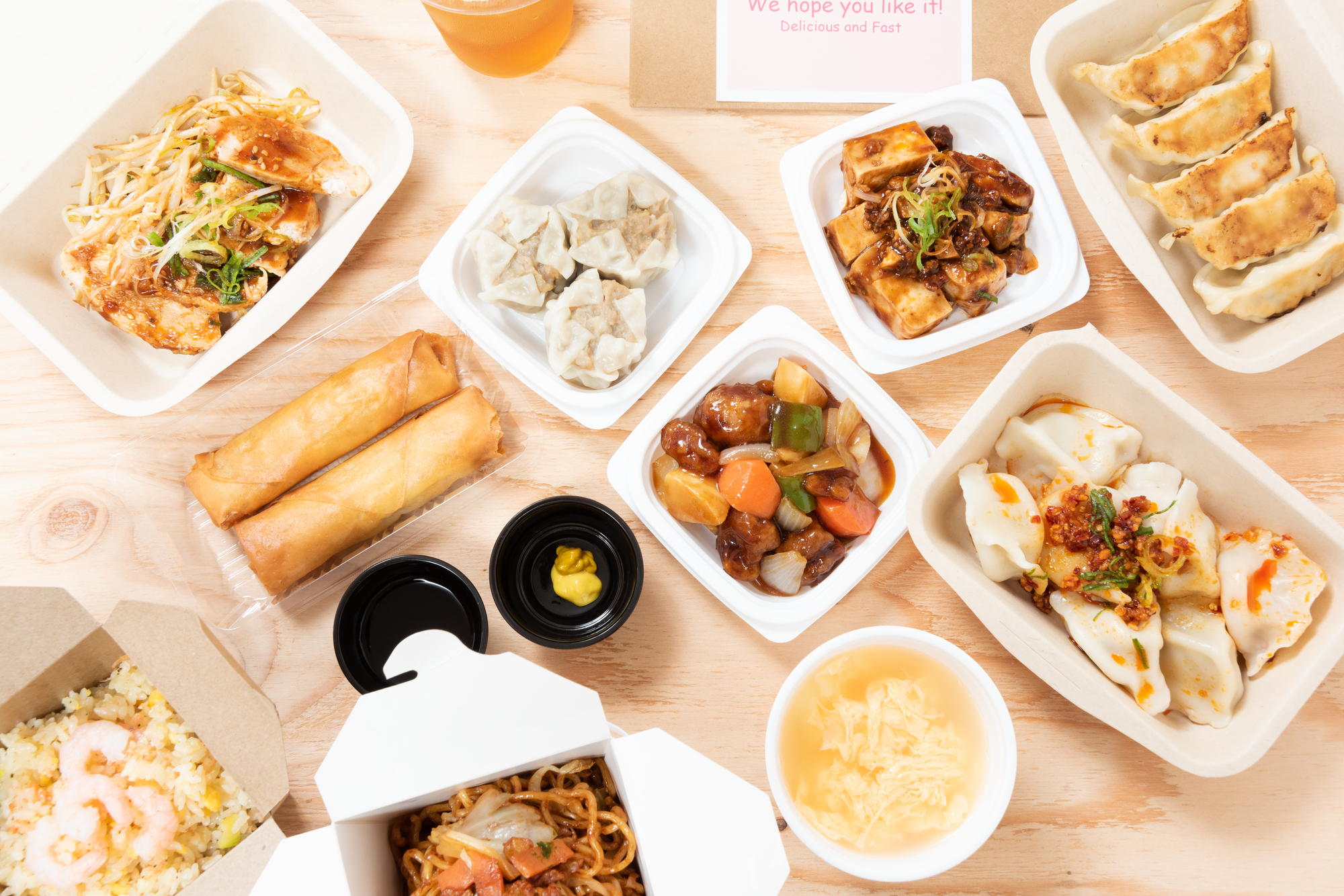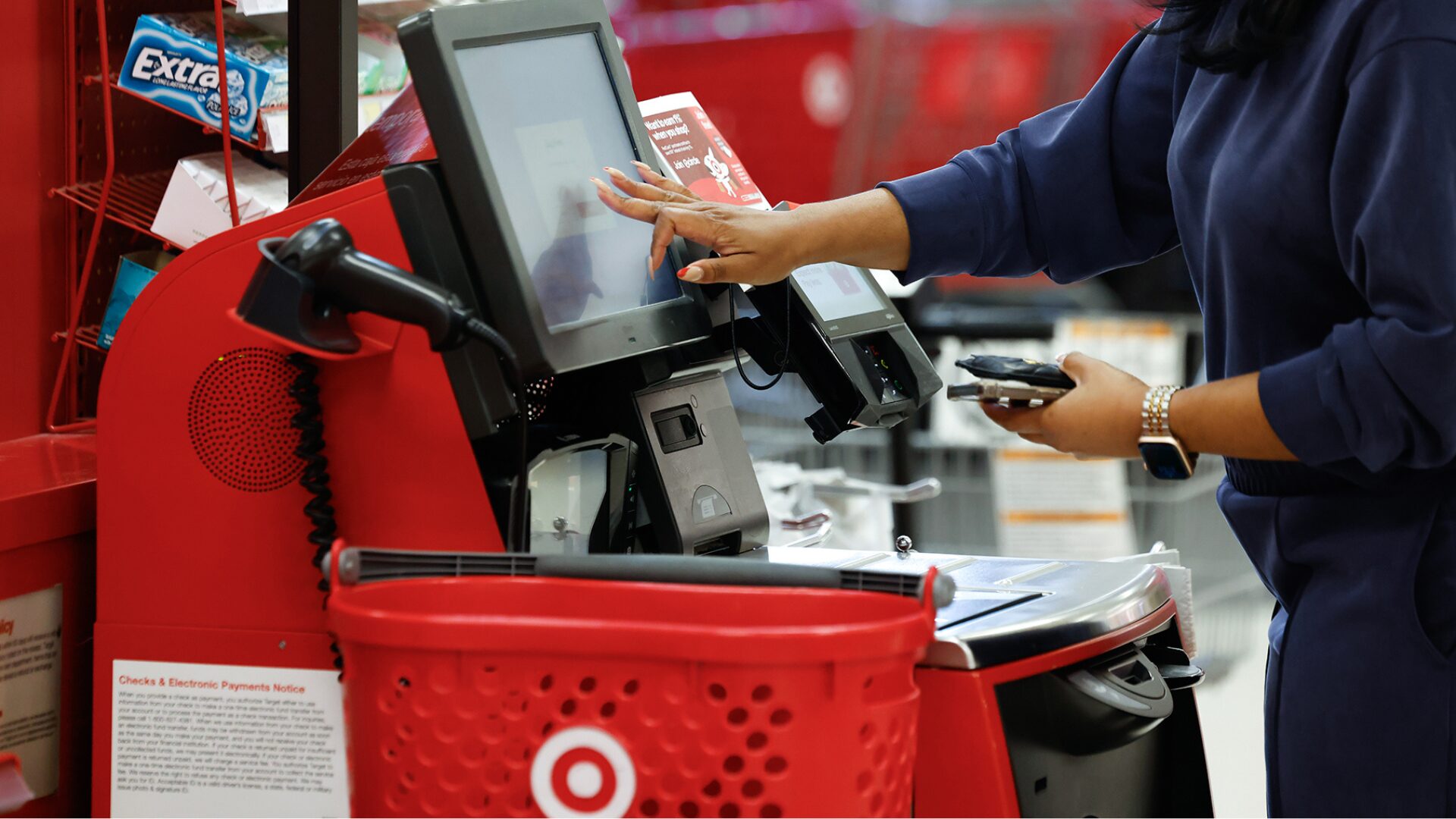In late January, Target Corp. announced it is introducing more than 1,000 new wellness products to “support guests on their wellness journey without stretching their budgets.” The least expensive products will start at just $1.99 and range from apparel to supplements, vitamins to technology, and more. Many of the offerings will be exclusive to Target and complement its dedicated online wellness destination that features ideas, meal inspiration, and more.
But what constitutes wellness? More than just healthy eating, according to Rick Gomez, Target’s chief food, essentials, and beauty officer.
“Wellness has been redefined to encompass a more holistic way of living – and it’s also different for every person,” he said in a statement.
“The shift toward wellness reflects a broader societal move toward preventive health care, where consumers are actively seeking products that support their well-being,” said Ravee Chen, CEO of Jelly IV and a traditional Chinese medicine practitioner, to The Food Institute, adding that he believes many of the products and practices of the future may not even exist today – brushing your teeth, he pointed out, didn’t even become widespread until after World War II.
“Retailers need to focus on forecasts for future consumer behavior to realize there is a market today. The increasing presence of wellness products in major retailers like Target is a testament to the growing consumer demand for health and wellness solutions.”
For Target, those solutions range from newer products like Ghia (non-alcoholic beverages) and Bloom (pre- and probiotic nutrition products) to celebrity-backed brands like Goop (beauty and wellness products from actress Gwyneth Paltrow) to its own private-label brand, Good & Gather. Target is also stressing clean ingredients and transparency in its new wellness initiative.
What’s Old is New Again
The wellness market is red-hot and should remain so for the foreseeable future – people want to be healthy, after all, and from mega retailers like Target to direct-to-consumer CPG companies, it’s never been easier to dial in a product, bodily effect, or desired nutritional profile and have it shipped directly to your door.
Chen believes we’re just scratching the surface on age-old herbs and supplements finding new life in the wellness department; hardly anyone knew what an herb like ashwagandha was in the western market several years ago – today, Sam’s Club stocks loads of it.
“Turmeric – whose active ingredient is curcumin – serves as a prime example of this trend,” Chen added.
“Historically used in Ayurvedic medicine, turmeric is celebrated for its potent anti-inflammatory and antioxidant properties. In addition to turmeric, adaptogens are garnering significant attention for their health benefits.” Chen said that herbs like Rhodiola rosea and Tulsi (Holy Basil) are also garnering attention for their stress-reducing effects.
“The realm of fungi is also experiencing a boom in the wellness industry, with companies dedicating extensive research to mushrooms like Lingzhi (Reishi) and Lion’s Mane for their immune-boosting and cognitive-enhancing benefits,” he said.
It appears the broader movement toward age-old wisdom and natural supplements and herbs is underway, and a massive integration into modern wellness practices is increasingly common. Consumers want the products that have stood the test of time, and many of them have sprung from the earth.
Now, consumers need only know where to look to find many of them. For many, that answer is first online and then at a local retailer, grocer, or specialty store.
“As the market continues to evolve, we can expect to see even more traditional herbs and natural remedies being rediscovered and embraced by Western consumers, driven by a collective desire for authentic, effective health solutions,” Chen said.
Big Bucks in Beauty
Chen also recognizes that ancient herbs and novel supplements are enticing to those seeking their benefits, but convenience and value still rule the day. For the $1,500 billion industry growing at a CAGR of 8.03% by 2030, there is much to anticipate in the years ahead.
“Consumers are eager for science-backed health solutions that fit seamlessly into their busy lifestyles, and they want rapid results,” he said. Wellness without compromise is a driving motivator for Chen and Jelly IV, a bold paean for today’s better-for-you consumer, and a data- (and dollars)-backed industry in a rapidly changing market; according to a 2022 report from McKinsey, wellness is a top priority for over 50% of American consumers.
As wellness comes in many forms, the market will ebb and flow with it.
As CVS recently announced it will shutter an undisclosed number of in-store pharmacies with Target after acquiring its pharmacy business in 2015, beauty brands like Ulta are expanding their retail footprints, mixing beauty with wellness and better-for-you products that appeal to a wide swath of the public.
Only one thing is certain – consumers are discovering that beauty is more than skin deep. How much they’re willing to pay for it is up to them. At retailers like Target, however, the barrier to entry is less than $5.











